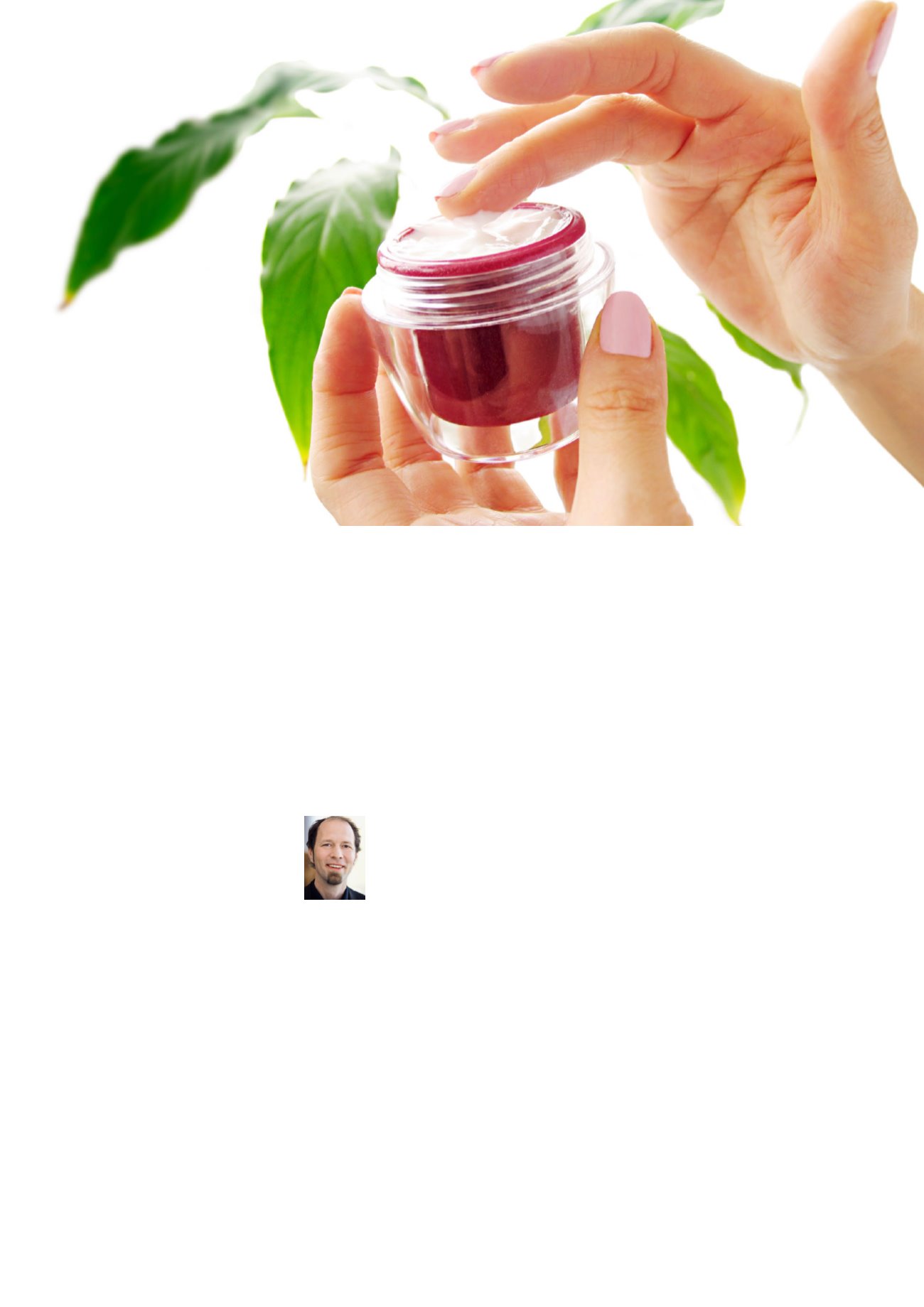
48
l
COSSMA 4 I 2017
C
osmetic products are sub-
ject to Cosmetic Regulation
1223/2009/EC in the Euro-
pean Union. This regulation defines
fundamental safety standards and
protects consumers from mislead-
ing information. Article 20 states
that “in the labelling, making avail-
able on the market and advertising
of cosmetic products, text, names
(and) pictures shall not be used to
imply that these products have char-
acteristics or functions which they
do not have.”
Advertising claims
| Hans-Jörg Rösch from
Wala explains how to substantiate claims.
Proving efficacy
AUTHOR:
Hans-Jörg Rösch
Head of Pharmaceutical and Scientific
Information, Wala, Bad Boll, Germany
This article serves as the basis for
Regulation 655/2013/EC on com-
mon criteria for advertising claims
used with cosmetic products; it also
gave rise to Directive 2005/29/EG
about unfair business-to-consumer
commercial practices in the internal
market involving cosmetic products.
The “Claims Regulation,” under
which name 655/2013/EC is known,
defines the basic standard for adver-
tising claims used with cosmetic
products, including the justifiability
of these claims. If studies are used as
evidence in advertising, they have to
be relevant to the product and the
benefit claimed; follow valid and re-
producible methodologies; and re-
spect ethical considerations.
How to verify claims
Different approaches may be used to
verify advertising claims. As far as
claims about the properties of raw
materials are concerned, it is suffi-
cient to refer to scientifically-ro-
bust data from published litera-
ture. In doing so, there has to be
a balance between the content of
the efficacious substance de-
scribed in the literature and the
quantity used in the product. In
other words, if research is cited
about the properties of a sub-
stance, it has to be present at an
effective concentration in the fin-
ished product to justify the claim.
A reliable source of information
in this context are peer-reviewed
articles in well-regarded journals
which are available for scientific
dialogue. The quality of this con-
tent has withstood the scrutiny of
knowledgeable experts. If pub-
lished literature is used to verify
advertising claims about the ef-
fects of herbal extracts, manufac-
turers must also make sure that
the data cited are indeed relevant
to the cosmetic raw material actu-
BACKGROUND


